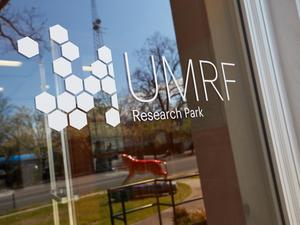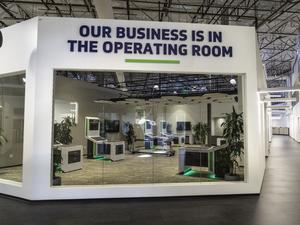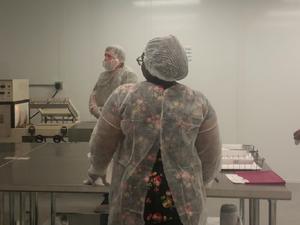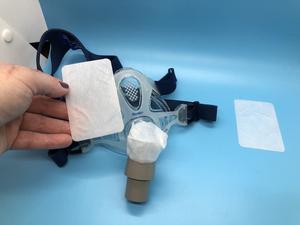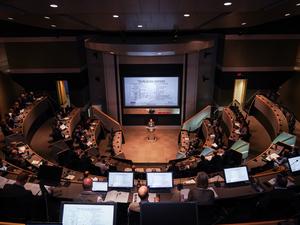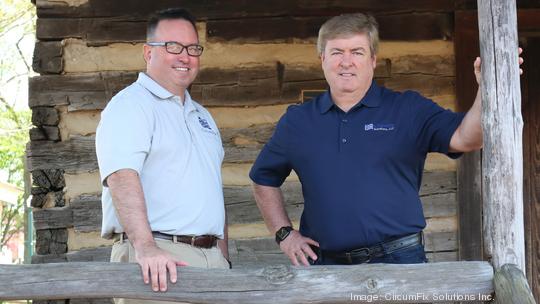
The techniques behind open heart surgery have progressed far in a period spanning more than 60 years.
What hasn’t progressed over that timeframe is the means by which the sternum is — quite literally — wired back together after surgery.
Two local orthopedic industry veterans — Louis Houff and Ken Richardson — are out to change that approach with a medical device from their new startup, CircumFix Solutions Inc.
“The concepts of how you fix the heart and the different procedures that you do inside the chest have changed quite a bit with technology,” said Dr. Joshua Gustafson, a cardiothoracic surgeon based in California. “However, in closing the chest, we're still doing the same thing that was done in the 1940s and 1950s.”
Next-level fixation
The current method of closure after open heart surgery is to use wires to fixate the sternum back together, creating pressure points where the metal wires touch bone.
“Normally, when you break a bone, you're going to wear a cast for six weeks that immobilizes it,” Gustafson said. “But, the sternum, you can't immobilize it. Every time you take a breath, you're creating some movement.”
The CircumFix device distributes those stress points throughout the bone and their device rather than where each segment is wired closed with the traditional method.
“There are 206 bones in the body, and [the sternum] is one that's been left out [of advancements],” CircumFix CEO Houff said.
Gustafson is advising CircumFix cofounders Houff and Richardson on the product as it is under development.
The CircumFix device uses a bioinert material already approved by the FDA. The material mimics the properties of bone, and the device runs along the sternum with tension bands fixating it at various points.
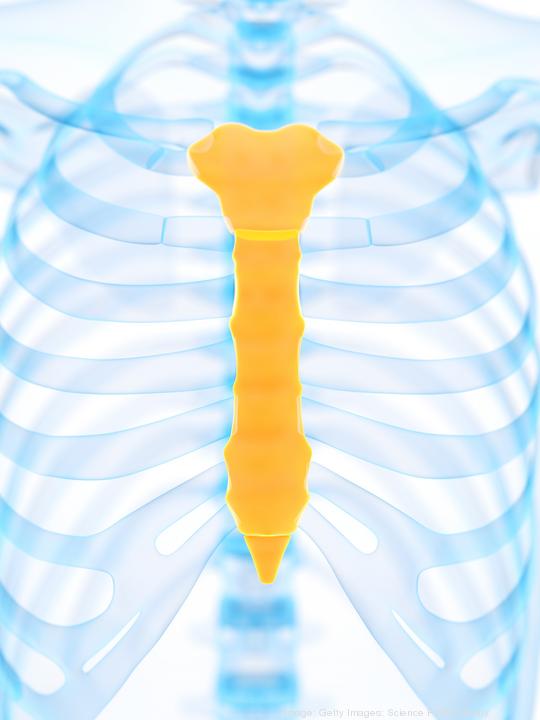
The goal is ease of use for the surgeon, and the patient, and reduced movement and pain while increasing healing potential.
“Up to 66% of patients experience post-operative pain up to three years post surgery,” said Richardson, CircumFix’s chief commercial officer. “We believe through our technology that we can reduce that pain and provide better mechanical stability, which will lead to better healing.”
Gustafson has performed more than 1,500 surgeries that would potentially benefit from this new device.
About one in three in the U.S. have heart disease and on an annualized basis, about 700,000 of those need open heart surgery, per CircumFix’s tabulation.
“[That] creates a tremendous market for our device,” Richardson said.
R&D to 510(k)
The founders of CircumFix both have shepherded products into operating room adoption for global device makers such as Synthes, Stryker, and Smith & Nephew.
But, Houff and Richardson’s skillsets are in separate areas that join together nicely.
Houff has had senior executive sales leadership roles and experience in the operating room with surgeons. Richardson has a track record of bringing device platforms to market for large device makers.
Getting buy-in from cardiothoracic surgeons will be key. There are about 4,000 surgeons in that specialty in the U.S., many of whom are at large, prominent heart centers.
The next steps for CircumFix are refining a prototype and important testing on the path to FDA 510(k) premarket clearance.
“We think that the testing and data will show quantifiably why [our device] is better,” Houff said. “From force load distribution to load sharing to pain levels, all these things will be measurable.”
To get the all-important go-to-market green light from the FDA then to a sellable product, CircumFix’s founders estimate needing a total of $5 million in capital.
The heavy research & development (R&D) phase could take $2 million to refine the CircumFix device. The startup is “well on the way” in raising those funds, Houff said.
An additional $1.5 million is needed for prototype to 510(k) approval submission, and another $1.5 million to prepare to go to market, including hiring a sales team and back-office support.
With a plan laid out, fixation for the sternum could be just the start for CircumFix.
The founders see multiple uses for their technology platform across other bones, possibly eliminating the need for metal plates, screws, pins, and wires.
“We think we can build an organic company with novel technology that can be transformative across a broad range of indications,” Houff said.
